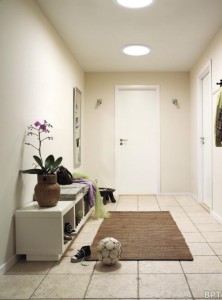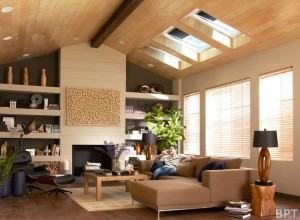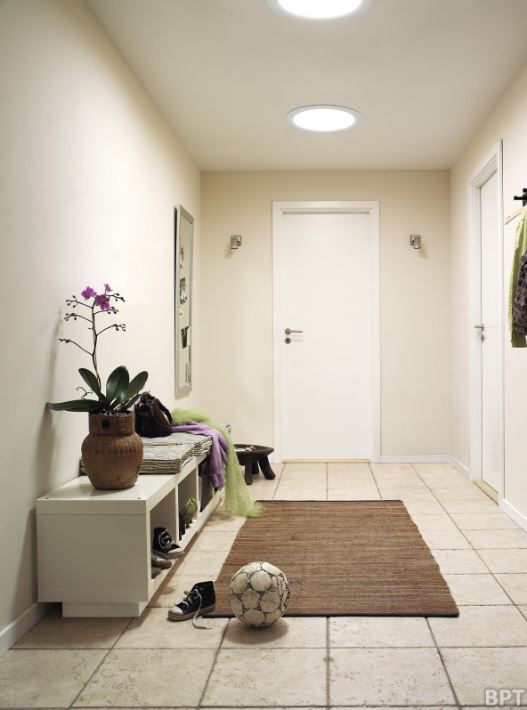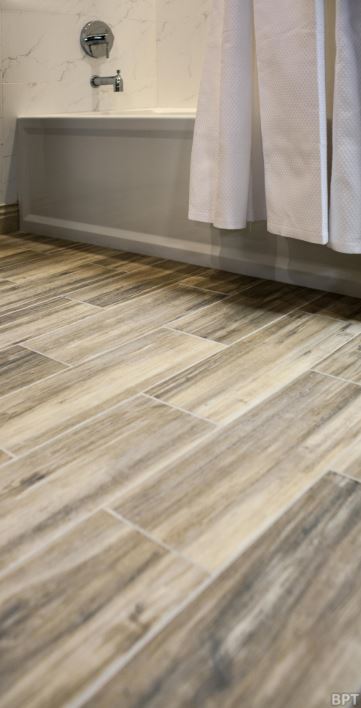 (BPT) – When spring finally arrives, windows and skylights across the country will open, as happy homeowners revel in all that sunshine and warm, fresh air. But before you can savor spring, you still have weeks of winter to get through. You can use that time wisely to ensure all your home’s windows, skylights and doors are in good working order – and ready for action when spring arrives.
(BPT) – When spring finally arrives, windows and skylights across the country will open, as happy homeowners revel in all that sunshine and warm, fresh air. But before you can savor spring, you still have weeks of winter to get through. You can use that time wisely to ensure all your home’s windows, skylights and doors are in good working order – and ready for action when spring arrives.
With some simple maintenance of existing windows and skylights – and replacing older models – it’s possible to improve your home’s energy efficiency and appearance, and prep for spring at the same time. While you may be versed in window maintenance, many homeowners are less sure of how to properly care for skylights. VELUX, manufacturer of solar powered fresh air skylights, offers some guidance:
Modern skylights are as durable and efficient as today’s top-quality windows, so maintenance requirements are relatively minimal on newer models. Start by cleaning glass thoroughly. Soak the skylight glass with clean water and mild soap to loosen dirt and debris. Use a mild, non-abrasive glass cleaner and a soft brush or pad to clean the glass, and immediately remove the cleaning solution with a squeegee or lint-free cloth. Never use metal scrapers, blades or knives as they can scratch or damage glass. Use appropriate caution when climbing ladders to reach your skylight. You can find more skylight cleaning tips at www.veluxusa.com.
If your skylights have pre-finished wood frames, inspect them every year before spring and look for signs of peeling, cracking or fading that will need to be re-finished. Re-finish or re-paint as needed following the manufacturer’s guidelines. Check to ensure all exterior fasteners are secure, and that cladding and flashing are free of excessive wear or scratches. Immediately replace damaged claddings and flashings.
For fresh air (venting) skylights, check the mechanism that opens the sash. Open skylights (and then turn off the power if your skylight is electric) and use a clean, dry towel to wipe off the chain. Don’t use cleaner or solvent.
If your skylight has blinds (which improve its overall energy-efficiency), inspect those as well to ensure they’re working properly. If you haven’t yet installed blinds, now is a good time to do so. Remote-controlled, solar-powered blinds allow you to easily open and close a VELUX solar powered fresh air skylight and shade it when the sun touches that part of the roof – improving the skylight’s energy performance rating by as much as 45 percent. And a 30 percent Federal tax credit is available on not only solar powered skylights and blinds but on the installation cost as well.
is a good time to do so. Remote-controlled, solar-powered blinds allow you to easily open and close a VELUX solar powered fresh air skylight and shade it when the sun touches that part of the roof – improving the skylight’s energy performance rating by as much as 45 percent. And a 30 percent Federal tax credit is available on not only solar powered skylights and blinds but on the installation cost as well.
While maintaining a skylight can extend its useful life, even the best-made product will eventually need replacement. If your home has an older model skylight, replacing it before spring with an ENERGY STAR-qualified model can help improve your home’s overall energy efficiency, prevent leaks and enhance how the skylight looks and functions in your home. And if it happens that you’re having roof replacement work done, dealing with skylights at the same time can save you money.
Installation can often be done in a day and a range of product features ensure you’ll find the energy-efficient skylight and stylish blind that works best with your home. From the latest Clean, Quiet & Safe glass that stays clean longer while reducing outside noise, to SUN TUNNEL tubular skylights that can bring sunshine into lower-level rooms, homeowners have many options for bringing natural light and fresh air into their homes.
Not sure how a skylight will look in your home? Velux offers a free, downloadable skylight planner app.
By adding skylights, taking care of existing units, or replacing older models with ENERGY STAR-qualified solar powered fresh air units, you can help ensure your skylights are ready to let natural light and fresh air in when spring finally arrives.




